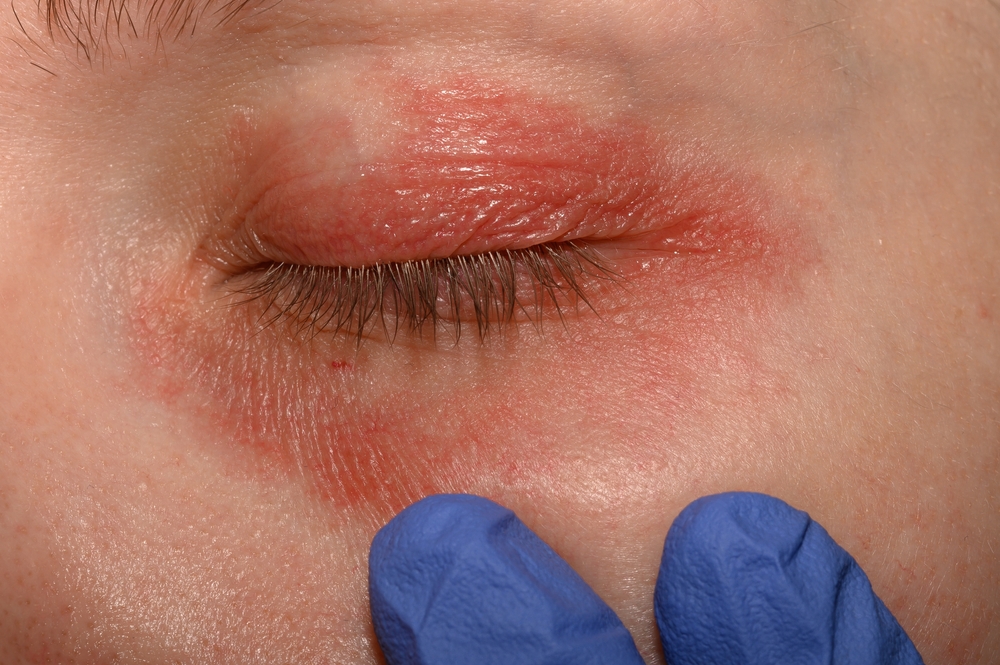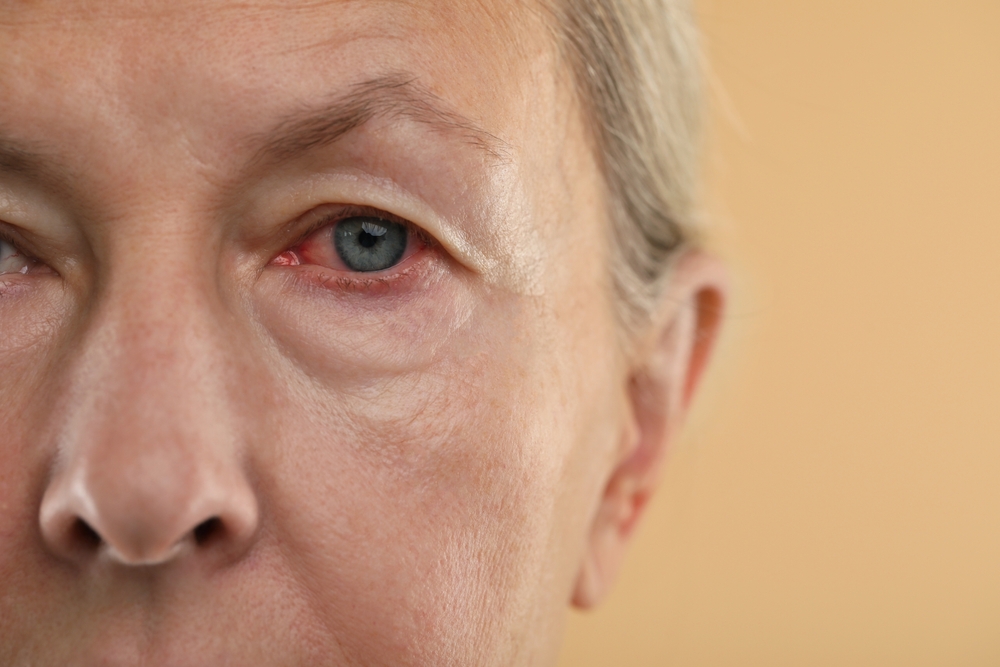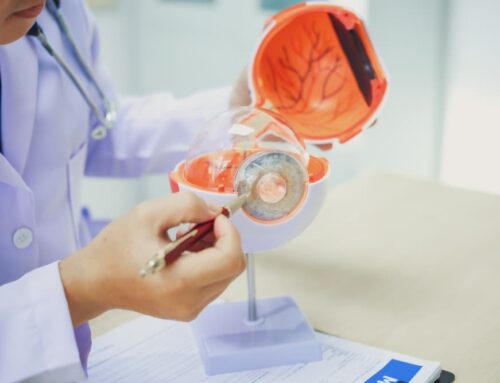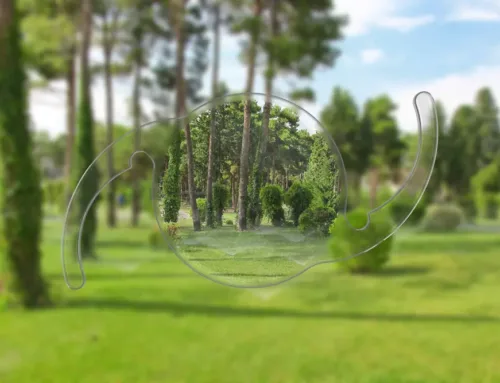Eye conditions can be frustrating and sometimes even alarming, especially when they involve inflammation, irritation, or discharge. Two of the most common culprits are conjunctivitis and blepharitis. While they might seem similar at first glance, these conditions are distinct and require different approaches.
Are you struggling with red, itchy, or watery eyes? Unsure if you have conjunctivitis or blepharitis? In this blog, we’ll break down the key differences, helping you identify the root cause and find the right treatment.
Common Symptoms and How to Tell Them Apart
Both conjunctivitis and blepharitis involve inflammation, redness, and discomfort around the eye, but the key difference lies in the area affected. Conjunctivitis, commonly known as “pink eye,” involves the conjunctiva, the thin, transparent tissue that lines the inside of the eyelid and covers the white part of the eye. Blepharitis, on the other hand, affects the eyelids, specifically the edge or inner surface, leading to eyelid inflammation.
Here are some ways to distinguish between the two conditions:
- Location: Conjunctivitis primarily affects the eye’s surface, while blepharitis targets the eyelids.
- Discharge: Both conditions can cause discharge, but the consistency and color may vary. Conjunctivitis tends to cause watery or sticky discharge, whereas blepharitis may lead to crusting or flaking on the eyelids.
- Itchiness and Redness: Both conditions cause eye irritation, but conjunctivitis is more likely to cause watery eyes and a generalized redness across the eye. Blepharitis often causes redness and irritation specifically around the eyelids.
Understanding these subtle differences can help identify whether you are dealing with conjunctivitis or blepharitis, which can inform the best course of treatment.
Conjunctivitis
Conjunctivitis, also known as pink eye, is the inflammation of the conjunctiva, the clear layer that covers the white part of the eye. This condition is quite common and can be caused by several factors, including infections, allergens, or irritants. Here’s a closer look at the various types of conjunctivitis:
Types of Conjunctivitis
- Viral Conjunctivitis: This type is caused by a virus, typically the same ones that cause colds or respiratory infections. It is highly contagious and usually resolves on its own within one to two weeks.
- Bacterial Conjunctivitis: Bacterial infections, often caused by staphylococcal or streptococcal bacteria, lead to this form of conjunctivitis. It is characterized by thick, yellow or greenish discharge, and can require antibiotic eye drops for treatment.
- Allergic Conjunctivitis: This form occurs when the eyes react to allergens such as pollen, pet dander, or dust. It is not contagious but can cause significant discomfort, including itching, swelling, and watery discharge.
Symptoms of Conjunctivitis
- Redness in the white of the eye
- Itching or burning sensation
- Watery or thick discharge, sometimes crusting around the eyes
- Light sensitivity (photophobia)
- A gritty feeling in the eyes
Treatment for Conjunctivitis
Most cases of conjunctivitis resolve on their own without needing medication. However, treatments can help alleviate symptoms and speed up recovery:
- Viral Conjunctivitis: Rest, over-the-counter lubricating eye drops, and cold compresses can relieve discomfort.
- Bacterial Conjunctivitis: Antibiotic eye drops or ointments are often prescribed.
- Allergic Conjunctivitis: Avoiding allergens and using antihistamine eye drops can provide relief.
Blepharitis
Blepharitis refers to the inflammation of the eyelids, which can affect the outer edge (anterior) or the inner surface (posterior) of the eyelid. It is a chronic condition, meaning it can recur over time, and while it is not contagious, it can cause significant discomfort if not managed properly.

Types of Blepharitis
- Anterior Blepharitis: Affects the outer edge of the eyelid, where the eyelashes are located. This form is often associated with bacterial infections or dandruff-like skin conditions (seborrheic dermatitis).
- Posterior Blepharitis: Involves the inner surface of the eyelid and is usually linked to dysfunction in the oil glands (meibomian glands) that help lubricate the eye.
Symptoms of Blepharitis
- Red and swollen eyelids
- Itchy and irritated eyelid margins
- Flaking or crusting at the base of the eyelashes
- Sticky eyelids, especially in the morning
- Blurry vision, which can improve with blinking
Treatment for Blepharitis
Blepharitis requires long-term management, and treatment often includes daily eyelid hygiene to reduce symptoms:
- Warm compresses: Applying a warm, moist cloth to the eyelids can help loosen crusting and promote the flow of natural oils.
- Eyelid scrubs: Cleaning the eyelid margins with a gentle cleanser or prescribed eyelid scrub can reduce inflammation and remove debris.
- Antibiotics or anti-inflammatory medications: In more severe cases, doctors may prescribe topical or oral antibiotics, or anti-inflammatory medications, to control infection and inflammation.
Living with blepharitis can be frustrating, as it often returns despite treatment. Many people wonder, ‘How long will this last?’ Unfortunately, there’s no one-size-fits-all answer. While proper care can help manage flare-ups, blepharitis may be a persistent condition that affects you intermittently throughout life.
Professional Eye Care for You
Blepharitis and conjunctivitis: Both can be irritating, but they’re not the same. Conjunctivitis is often caused by infections or allergies, while blepharitis is often a chronic condition linked to bacteria or gland issues.
If you are struggling with red, itchy, or watery eyes, don’t guess! See an eye care professional for an accurate diagnosis and treatment plan. While conjunctivitis may clear up on its own, blepharitis often requires ongoing care.
Eye Care Professionals is your trusted partner in eye health. As one of Nevada’s longest-serving medical practices, we’re dedicated to providing exceptional care. Contact us today to schedule an appointment and ensure your eyes are in top shape.











